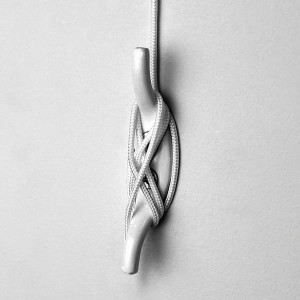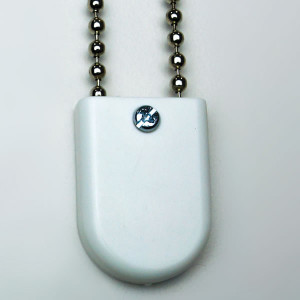Blinds and window shades with cords
Window coverings with cords – including blinds, roman blinds, roller shades and curtains with a pull-cord – pose a serious hazard to young children.
What you need to know
Since 2008, there have been 7 deaths of young children in New Zealand due to strangulation by the cord of a window covering.
The safest window coverings in homes with young children have no exposed pull cords or inner cords – including cords against the back of the fabric (such as in Roman blinds), which can be equally as deadly.
If you are installing new window coverings, we recommend choosing curtains or blinds without any exposed cords. If you already have blinds or shades in your home and are not in a position to replace them, we recommend using a tension device or altering the cords to keep them permanently safe and out of reach.
Accidental strangulation can happen very quickly, and no one can watch a child 100% of the time. In less than the time it takes to boil the kettle, a young child can become tangled in a loose cord and lose consciousness. It's important to consider window coverings throughout your home, not just in children's bedrooms – anywhere children may be able to climb on furniture or reach windows.
The Starship website shares a personal story and more information on blind cords safety:
Blind cords safety – Starship(external link)
What you need to do
Start by going through your home to identify any blinds or curtains with long or looped cords that are within a child's reach or near furniture they can climb on.
1. Replace or remove any window coverings with cords
The best way to manage a safety risk is to remove the risk. If possible, we recommend replacing corded blinds and curtains with cordless alternatives. These are available from most major retailers for a reasonable cost.
2. Use a tension device to keep cords safe
If you are not able to remove corded window coverings, you can make them safer by installing a tension safety device on all loose or looped cords. These devices are often included with the blind when purchased and should always be installed as instructed.
You can get tension devices (also known as "cord tensioners") from hardware or window furnishing stores. These can be purchased for a small cost.
Tribeca Cord Tensioner Clear - Spotlight(external link)
Make sure the device is fixed firmly to the wall or window frame so that a child cannot remove or break it.
Corded internal window coverings installation guide – Product Safety Australia(external link)
The tension devices pictured below are some of the common options available and their effectiveness will depend on the type of cord on your blind.

Cord guide: Fix the cord guide to the wall. The chain or cord should be taut but able to pass freely through the guide.

Cleat: Fix the cleat to the wall. Always keep the cord taut by wrapping it around the cleat in a figure-of-eight pattern.

Cord guide: Fix the back of the guide to the wall. Wrap the cord or chain around the guide and click the front of the guide in place. Fix the front of the guide to the wall
3. Retrofit cords to make them safer
Some kinds of corded window coverings can be altered or retrofitted to make cords safer or eliminate them entirely.
Find information here:
Retrofit your windows – Window Covering Safety Council(external link)
4. Keep all cords out of reach
As a last resort, make sure all cords are kept out of the reach of young children. This includes any cords a child could reach by standing on furniture or climbing.
Use tension devices available at The Sleep Store or tie any loose cords into a knot at the top of the curtain fixture to keep them out of the child's reach.